Cottontails are a group of rabbits found in North, Central, and South America. All rabbits in the taxonomic genus Sylvilagus are “cottontails,” but not all go by that name. Along with lacking the name “cottontail,” a number of the various species also lack the characteristic white tail that gives these animals their name.
While white tails are not exclusive to cottontails, nor do they all have them, they do make some species easier to identify. Read on to learn about the cottontail.
Description of the Cottontail
There are 20 different species in the Sylvilagus genus, and each of these rabbits is slightly different. However, most are brown, tan, or grey, in color, and relatively small. Most species are a little over a foot long, and weigh just a few pounds.
These rabbits have moderately long ears, though not as long as those of jackrabbits or hares, and large round eyes. Finally, many species of cottontails have a white tail, which they flick up when they are alert or fleeing from a predator.
Interesting Facts About the Cottontail
These rabbits are widespread across the Americas, and many species are incredibly common. With twenty different species to choose from, there is so much you can learn about these mammals!
- Social Structure – Many species of cottontails are social in nature, and prefer living in large groups. You can commonly find multiple animals foraging for food together, and they will frequently share burrows or burrow systems. Feeding in a group also keeps these animals safer from predators.
- Important Prey – The various species of cottontails are an incredibly important source of food for many different predators. The rabbits reproduce at a strong rate, and there are generally plenty of cottontails in a given population to support the predators in the area. Some common predators include coyotes, birds of prey, bobcats, snakes, foxes, mountain lions, and more.
- Eastern Cottontail – We aren’t kidding when we say that most cottontail rabbits are widespread and common. In fact, the eastern cottontail is the most common rabbit of any species in North America! Despite this, human activity threatens some local populations of this species, but the population as a whole is increasing in number.
Habitat of the Cottontail
The habitat preferences of these mammals depend on the species discussed. Some species, like the desert cottontail, live in arid regions with low rainfall. Other species, like the eastern cottontail, live in a wide variety of habitats.
Some commonly occupied ecosystems include prairies, grassy clearings, farmland, marshes, and lightly wooded forests. There are a wide variety of species, and a wide variety of habitats, but these rabbits typically avoid densely wooded forests.
Distribution of the Cottontail
Various species of cottontails range across North, Central, and South America. A single species covers most of the United States, as the eastern cottontail is incredibly widespread.
The western United States has a smattering of various species, and additional species spread south into Mexico and Central America. Mountain cottontails, and a number of other species, also spread north into Canada. Finally, a handful of species also reside in different parts of South America.
Diet of the Cottontail
While every species is different, all of these rabbits are herbivores, which means that they eat plants. There is a huge variety of plant species that the 20 different species of favor. Some different food sources include leaves, berries, twigs, flowers, seeds, grasses, stems, bark, and more.
Additionally, many species of rabbits also eat their first fecal pellet after its initial digestion. While this sounds gross, by essentially digesting their food a second time, the rabbit can absorb all of the various nutrients with the greatest efficiency!
Cottontail and Human Interaction
With the huge variety and range of these rabbits, it is no surprise that they frequently interact with humans. Sadly, most of those interactions end poorly for the rabbits. In some species, particularly those with very small ranges or specific habitat requirements, this can result in low population numbers. Car strikes, human hunting, domestic animals, habitat destruction, and more, all negatively impact the rabbits.
Many species have healthy populations, and researchers simply haven’t studied some enough to know whether their populations are healthy or not. Sadly, the San Jose brush rabbit is Critically Endangered, and the Manzano Mountain cottontail, Omilteme cottontail, robust cottontail, and the Tres Marias cottontail are all Endangered.
Domestication
While they look very similar to pet rabbits, cottontails are wild animals, and humans have not domesticated them in any way.
Does the Cottontail Make a Good Pet
No, these rabbits do not make good pets. They are wild animals, and naturally have a fear of humans, even when hand raised. The best place for these animals is in the wild, and the best rabbit pet for you is a domesticated species.
Cottontail Care
In a zoological setting, keepers must take special care to avoid frightening these rabbits. They should have plenty of hiding places, and artificial tunnels are a must for the vast majority of species.
Zookeepers provide a pelleted rabbit feed, along with hay, fresh plants and veggies, and the occasional piece of fruit as a treat. Care requirements also vary individually based upon the species and its specific needs.
Behavior of the Cottontail
As with the vast majority of animals, behavior varies from species to species. Many rabbits, cottontails included, are quite social, but this is not true of all species. Some species are quite territorial, or the groups defend their territories together. Many species also live in underground tunnels to hide from predators. They emerge during the day, when fewer predators are around, to search for food.
Reproduction of the Cottontail
Reproduction varies by species, but most individuals can produce up to three litters in a single year. Many species give birth to their young deep within their tunnels. Inside the tunnel, they build a nest of soft grasses. The young are blind and helpless at birth, but develop quickly. Weaning and independence rates are different for different species.


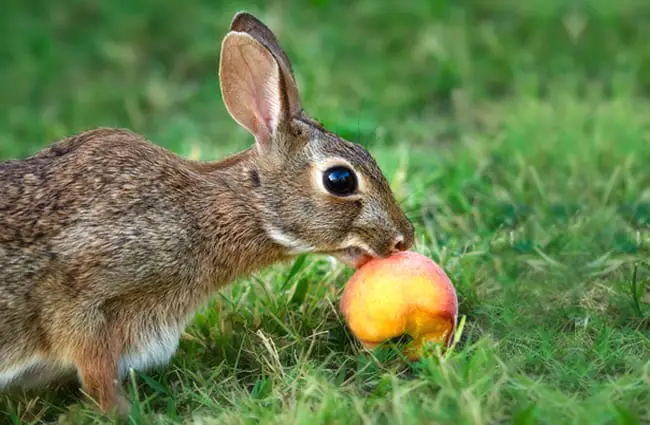

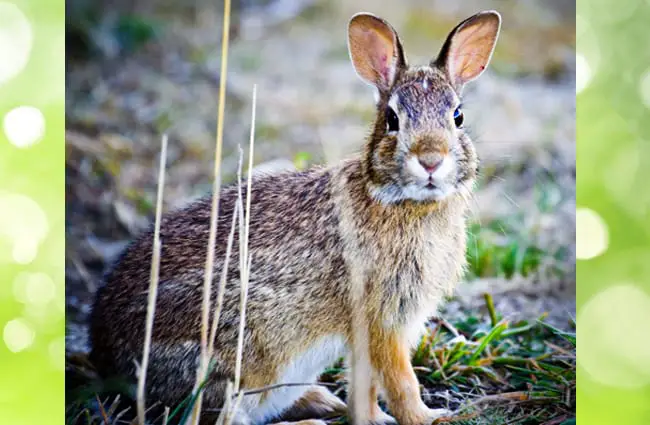



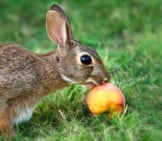

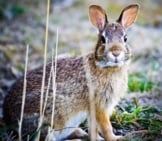
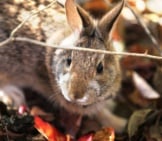
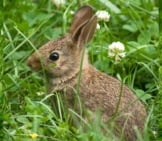
![Red Angus Closeup of a beautiful Red Angus cowPhoto by: U.S. Department of Agriculture [pubic domain]https://creativecommons.org/licenses/by/2.0/](https://animals.net/wp-content/uploads/2020/03/Red-Angus-4-238x178.jpg)












![Red Angus Closeup of a beautiful Red Angus cowPhoto by: U.S. Department of Agriculture [pubic domain]https://creativecommons.org/licenses/by/2.0/](https://animals.net/wp-content/uploads/2020/03/Red-Angus-4-100x75.jpg)

